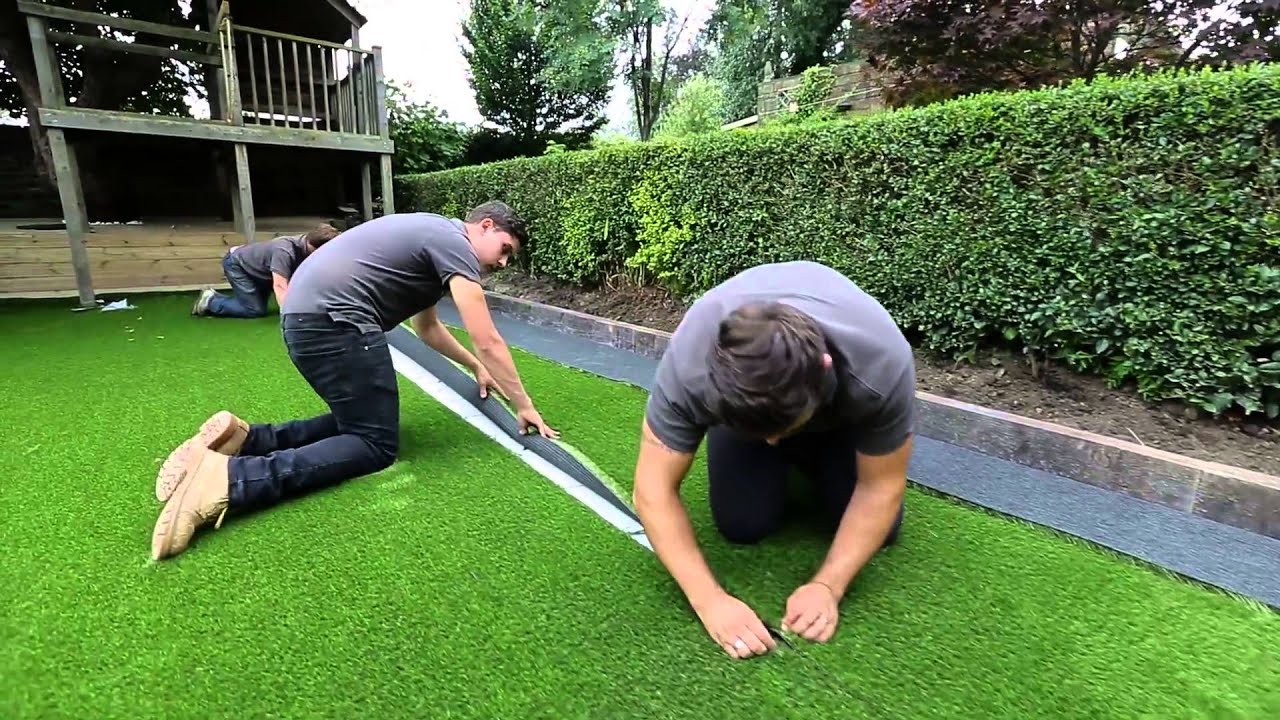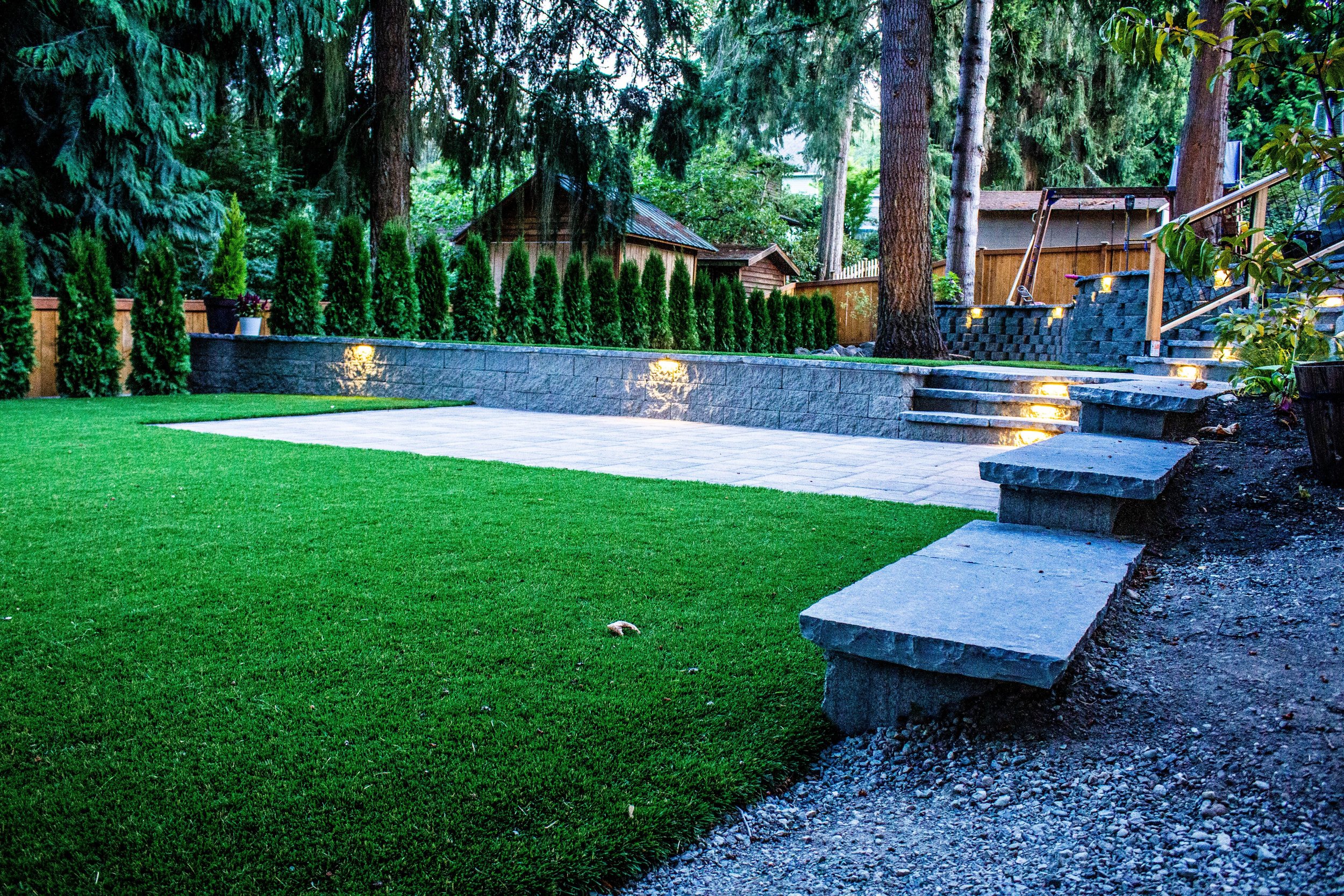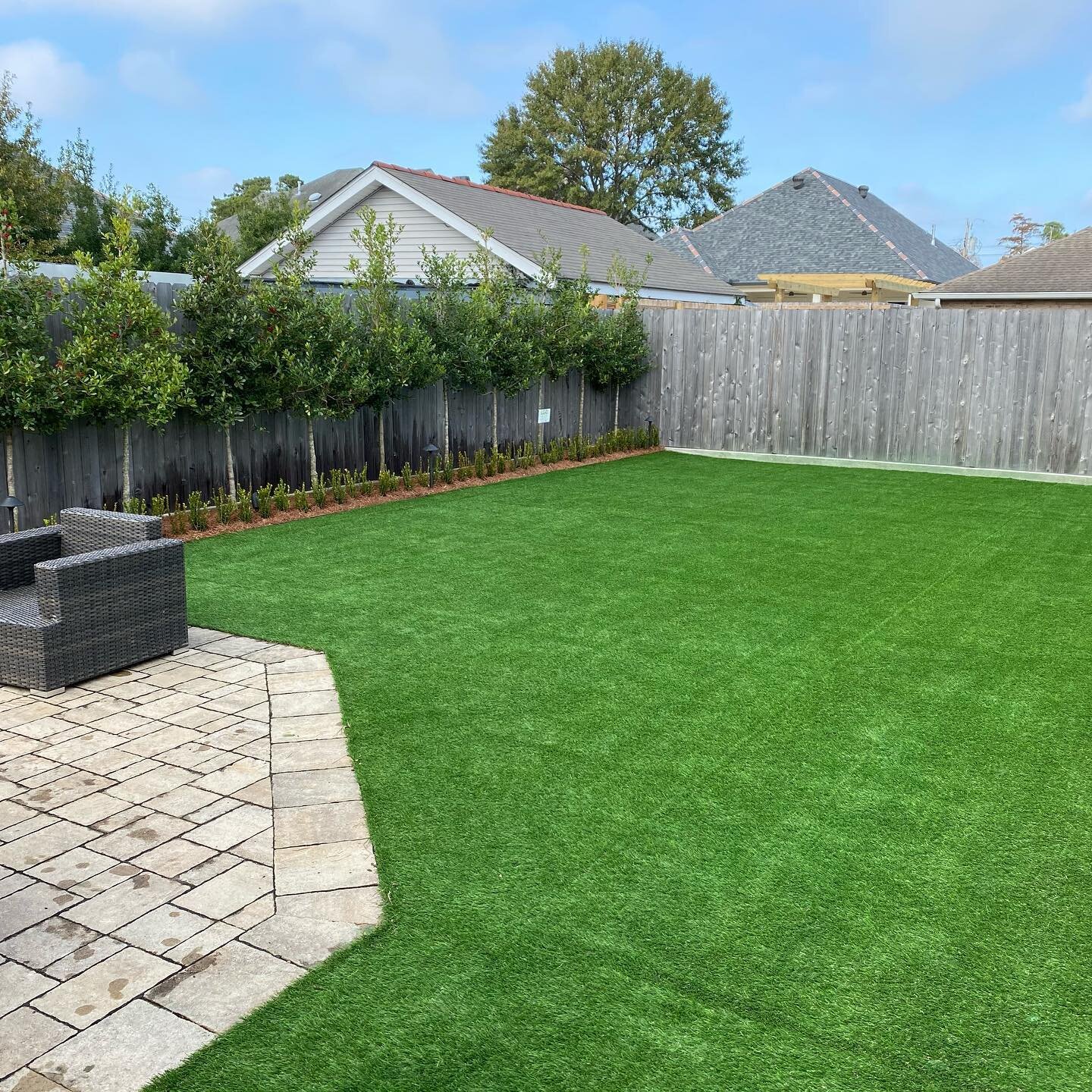Top-Grade Arizona Turf Options for a Stunning and Green Landscape
Top-Grade Arizona Turf Options for a Stunning and Green Landscape
Blog Article
Explore the Environmental Conveniences of Opting for Artificial Grass Solutions
The fostering of synthetic grass services offers a compelling opportunity to address pushing environmental challenges. By significantly lowering water use and reducing the application of hazardous chemicals, these alternatives not just promote lasting landscaping but additionally safeguard local ecosystems. The reduced carbon impact associated with lowered maintenance activities contributes to a much more lasting technique to land administration. Nevertheless, the effects of these benefits expand beyond simple preservation efforts, questioning regarding their long-term effect on environment preservation and total environmental equilibrium. Checking out these dimensions reveals an intricate interaction worth thinking about.
Water Preservation Advantages
Among one of the most considerable benefits of artificial grass is its capacity to conserve water. Conventional yard lawns call for substantial irrigation, specifically in areas susceptible to dry spell or water constraints. In contrast, fabricated grass does not need watering, dramatically lowering the overall need for water sources. This feature is especially helpful in deserts where water shortage is a pushing issue.
By getting rid of the need for normal watering, synthetic grass adds to sustainable landscape techniques and helps minimize the environmental influence of too much water consumption. Furthermore, the preservation of water encompasses the reduction of runoff, which can lead to dirt disintegration and waterway air pollution.
In addition, the installment of artificial lawn enables districts and property owners to assign water sources more effectively, concentrating on essential uses such as alcohol consumption water and farming. The shift towards synthetic grass not just promotes responsible water usage however additionally aligns with wider ecological objectives aimed at protecting all-natural resources.
As areas significantly focus on sustainability, the water preservation advantages of fabricated turf present a compelling situation for its fostering in industrial and residential landscape design jobs.
Reduced Chemical Usage
The shift to man-made lawn significantly decreases the reliance on chemical treatments commonly made use of in all-natural yard upkeep. Standard lawn monitoring typically involves the application of plant foods, herbicides, and chemicals to promote growth and control pests. These chemicals can posture risks to human health and wellness, neighborhood wildlife, and the atmosphere, contributing to soil and water contamination.
In contrast, artificial grass gets rid of the requirement for these harmful compounds. By decreasing the release of synthetic substances into the environment, artificial lawn advertises healthier soil and water systems.
Furthermore, the lack of chemical overflow related to synthetic grass setups helps secure local waterways from air pollution, supporting water life and keeping biodiversity. Arizona artificial turf. As communities progressively focus on lasting practices, selecting synthetic grass presents a viable option that aligns with environmental conservation objectives. With this shift, residential or commercial property proprietors can enjoy rich green spaces without compromising eco-friendly health, leading the way for a more sustainable future
Lower Carbon Impact

In addition, the setup of synthetic grass can lead to significant water conservation. see Natural yards call for considerable amounts see this of water for watering, which not just includes to the carbon footprint connected with water extraction and therapy however additionally pressures local water resources. On the other hand, synthetic grass needs marginal upkeep, needing no watering, therefore considerably decreasing water usage and its connected energy expenses.
Furthermore, the long life of synthetic grass adds to its reduced carbon influence. With a lifespan of as much as 15 years or more, the requirement for frequent replacements is lessened, resulting in much less waste and lower energy intake in manufacturing and throwing away conventional grass alternatives. In general, synthetic turf presents a lasting alternative for ecologically mindful landscape design.
Environment Conservation
Habitat preservation is an important factor to consider in the dispute over landscaping choices, especially when contrasting synthetic grass to natural grass. All-natural yard yards often call for extensive maintenance, including the usage of fertilizers, herbicides, and pesticides, which can negatively impact local environments. These chemicals can leach right into the soil and rivers, harming native flora and fauna and interfering with regional habitats.
Man-made lawn eliminates the need for unsafe chemicals, thus shielding nearby wildlife and preserving the stability of bordering environments. The setup of fabricated lawn can lead to the conversion of previous lawn locations into more biodiverse landscapes, such as pollinator gardens or native plant locations, which can sustain neighborhood wild animals.
Inevitably, the shift to man-made grass not only conserves water and decreases maintenance efforts yet likewise promotes a more unified partnership in between human activities and the natural environment, advertising environment conservation in the procedure.
Long-Term Sustainability
Lasting sustainability is an essential consider assessing the advantages of synthetic grass over standard turf lawns. One of one of the most substantial advantages of synthetic try this grass is its sturdiness; it can last as much as 15-20 years with minimal maintenance, whereas all-natural grass calls for constant reseeding and substitute. This durability minimizes the need for constant resources, such as water, fertilizers, and pesticides, which are important for preserving a healthy and balanced grass lawn.
Furthermore, fabricated lawn adds to a reduction in carbon emissions connected with lawn care tools. Typical grass typically need gas-powered mowers, leaners, and blowers, all of which add to air pollution. Artificial turf companies phoenix. On the other hand, man-made lawn gets rid of the demand for such devices, advertising a cleaner atmosphere
Moreover, the production of synthetic grass significantly utilizes recycled products, improving its sustainability account. As producers take on environment-friendly methods, the environmental impact of artificial grass remains to diminish.

Verdict
The adoption of artificial lawn options presents substantial environmental advantages, consisting of considerable water conservation, minimized reliance on damaging chemicals, and a lower carbon impact. Moreover, synthetic grass aids in preserving all-natural habitats by decreasing land disturbance and advertising long-term sustainability via making use of sturdy materials. Jointly, these factors highlight the potential of synthetic grass to add positively to ecological health and wellness and offer a viable option to traditional landscape design practices in a progressively resource-conscious world.
In comparison, synthetic lawn does not need watering, dramatically decreasing the total need for water resources. By lessening the launch of synthetic compounds right into the ecological community, artificial grass promotes much healthier dirt and water systems.
Furthermore, the setup of man-made lawn can result in substantial water conservation. In contrast, synthetic grass requires marginal upkeep, requiring no watering, consequently dramatically reducing water use and its linked energy expenses.

Report this page